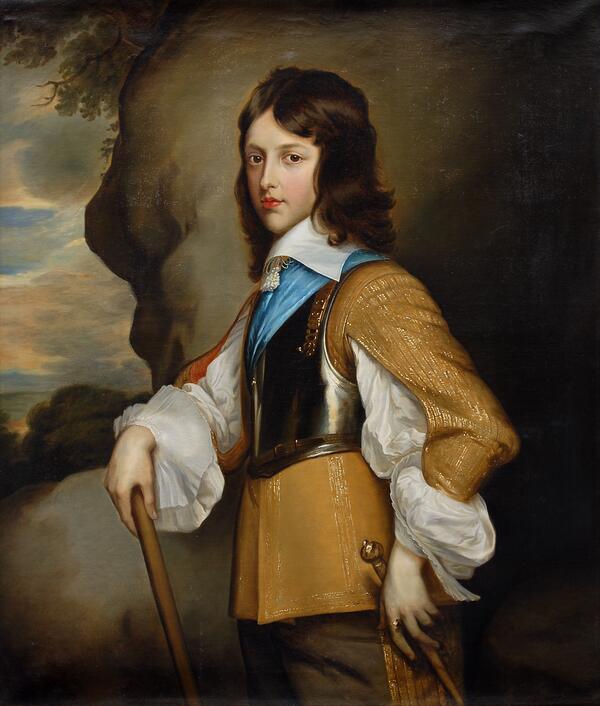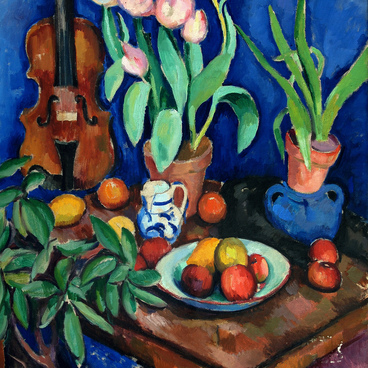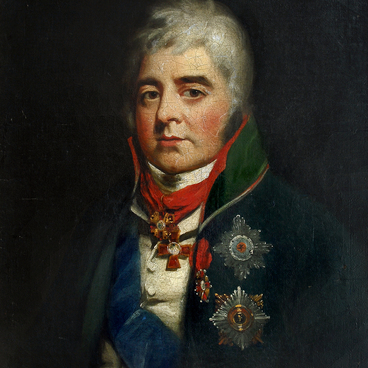The Primorye Art Gallery houses an excellent copy of the “Portrait of Henry Stuart, Duke of Gloucester” by an unknown representative of the Flemish school.
After the Dutch bourgeois revolution, as Flanders experienced a spiritual uplift, and the growth of national consciousness contributed to the flourishing of culture at the beginning of the 17th century. Secular painting took the place of religious art, painters discovered many new themes and subjects, and new painting forms emerged, such as still life, historical, mythological art, genre painting, and, of course, portrait. Academism and Caravaggism were brought to Flanders from Italy. The Baroque style was flourishing. The Flemish school of art was formed, with Rubens, van Dyck, Sneijders, and Jordaens among its most famous masters.
The original portrait of Henry Stuart was painted around 1653 by the artist Adriaen Hanneman. He was a pupil of Jan van Ravesteyn, and after moving to England, he studied under Antonis van Dyck. Initially, the original portrait was attributed to van Dyck, which was later refuted. Hanneman was known for numerous portraits of the nobility, made in his teacher’s manner. The original canvas is now in the collection of the National Gallery of Art in Washington, which acquired the painting from the Soviet government in 1930.
The portrait depicts Henry Stuart, Duke of Gloucester, the son of Charles I and Henrietta Maria of France, and the younger brother of the “merry king” Charles II. The English Revolution greatly influenced the early years of Henry Stuart’s life. At the early age of two, he and his sister Elizabeth were separated from the royal family by the will of parliament. Henry Stuart was stripped of the title of duke and was only able to regain it in 1659 before his brother’s accession to the throne. The portrait was painted when he was thirteen years old.
Portraits of the Baroque era are distinguished by their grandeur, internal dynamics, and seeking to capture the individual traits of the model. The young man looks confidently at the viewer, his right hand on a cane, slightly turned, and his left hand resting on the hilt of a rapier. The rock and the neutral landscape in the background are designed to keep the attention focused on the person portrayed.
After the Dutch bourgeois revolution, as Flanders experienced a spiritual uplift, and the growth of national consciousness contributed to the flourishing of culture at the beginning of the 17th century. Secular painting took the place of religious art, painters discovered many new themes and subjects, and new painting forms emerged, such as still life, historical, mythological art, genre painting, and, of course, portrait. Academism and Caravaggism were brought to Flanders from Italy. The Baroque style was flourishing. The Flemish school of art was formed, with Rubens, van Dyck, Sneijders, and Jordaens among its most famous masters.
The original portrait of Henry Stuart was painted around 1653 by the artist Adriaen Hanneman. He was a pupil of Jan van Ravesteyn, and after moving to England, he studied under Antonis van Dyck. Initially, the original portrait was attributed to van Dyck, which was later refuted. Hanneman was known for numerous portraits of the nobility, made in his teacher’s manner. The original canvas is now in the collection of the National Gallery of Art in Washington, which acquired the painting from the Soviet government in 1930.
The portrait depicts Henry Stuart, Duke of Gloucester, the son of Charles I and Henrietta Maria of France, and the younger brother of the “merry king” Charles II. The English Revolution greatly influenced the early years of Henry Stuart’s life. At the early age of two, he and his sister Elizabeth were separated from the royal family by the will of parliament. Henry Stuart was stripped of the title of duke and was only able to regain it in 1659 before his brother’s accession to the throne. The portrait was painted when he was thirteen years old.
Portraits of the Baroque era are distinguished by their grandeur, internal dynamics, and seeking to capture the individual traits of the model. The young man looks confidently at the viewer, his right hand on a cane, slightly turned, and his left hand resting on the hilt of a rapier. The rock and the neutral landscape in the background are designed to keep the attention focused on the person portrayed.



